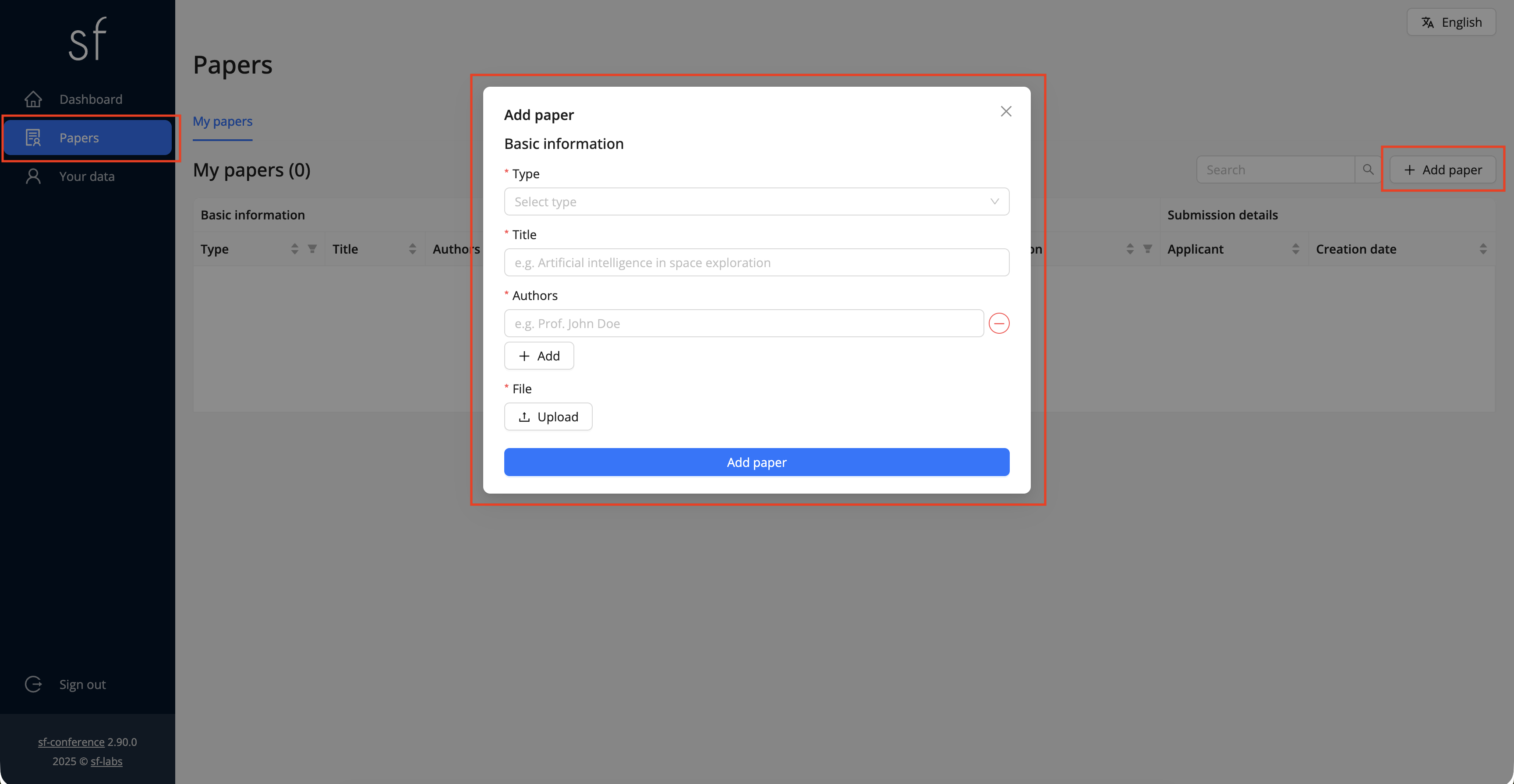Guidelines
Layout of abstracts of speeches
- abstract in English
- number of characters: max. 250-300 words;
- font: Times New Roman;
- font size: 12;
- line spacing: 1.5;
- abstract layout for original (research) papers: Introduction, Objective Material and methods, Results, Conclusions;
- abstract layout for case reports (case reports): Introduction, Purpose of the work, Case report, Conclusions;
- layout of the abstract for review papers (theoretical): Introduction, Development, Conclusion;
- abbreviations should be avoided, and if used, an explanation should be provided when first use).
Guidelines: Poster session
Poster size: A1 (vertical format)
Language: English
TOP PART OF THE POSTER
Title, Author's name, Affiliation
Recommended poster structure: Introduction, Objective, Methods, Results, Conclusions, Acknowledgements (optional), References/Literature
LOWER PART OF THE POSTER
Please add information about the conference: "FAMILY - HEALTH - DISEASE" WROCLAW/29/09/2025
Guidelines for preparing a manuscript for a monograph
- Manuscript Language
- The manuscript should be prepared in English.
- Abstracts
- An abstract in English, along with 3-4 selected keywords, should be placed after the title page of each type of article. The abstract should not exceed 1,100 characters, including spaces (approximately 150 words).
- The abstract for original papers should be divided into four sections: Introduction, Material and Methods, Results, and Conclusions.
- Abstracts for other types of papers should not include these divisions.
- A Polish abstract [consistent with the English version], including the title and keywords, should be placed after the bibliography.
- Main Text
- Original papers should be divided into five sections: Introduction, Material and Methods, Results, Discussion, and Conclusions. The Introduction should be limited to essential information that justifies the purpose of the study and the analysis of the presented results.
- Review papers should include: Introduction, appropriately titled chapters based on the subject matter, and a Summary.
- Case reports should include: Introduction, Case Description, and Summary.
- Abbreviations used in the manuscript should be listed before the Introduction or defined upon their first appearance in the text.
- Formatting
- The manuscript should be prepared on an A4-sized page, containing 30 lines of 60-65 characters per line (including punctuation marks and spaces).
- The recommended word processor is Microsoft Word.
- Font: Times New Roman, 12 pt (Polish font required).
- Line spacing: 1.5.
- Text Length
- The manuscript should contain a minimum of 20,000 characters (including spaces) and a maximum of 40,000 characters (including spaces).
- Text Style
- The text should be written in a basic font, with subscripts and superscripts where necessary.
- Suggested emphasis (bold, italics) should be incorporated appropriately.
- Titles and subheadings should be separated by a double space and written in basic text without highlighting or underlining.
- Bibliography
- References should be cited in the text using square brackets with the corresponding reference number, listed at the end of the paper.
- Footnotes should not be used for citations.
- If multiple references are cited, their numbers should be separated by commas without spaces or by a hyphen if they are consecutive (e.g., [5,8,12] or [6-9,14]).
- References should be numbered in the order in which they appear in the text.
- The preferred referencing style is the Vancouver system, as used by the National Library of Medicine (NLM).
- Author names should be cited with initials of the first name followed by the surname.
- For book chapters, the page range of the cited chapter should be provided at the end.
- Titles should be italicized.
- If available, electronic identifiers (DOIs or URLs) should be included.
Examples of Bibliographic References
- Scientific journal article:
Buchanan JG, Scott PJ, McLachlan EM. A chromosome translocation in association with periarteritis nodosa and macroglobulinemia. Am J Med. 1967;42:1003–1010. doi: 10.1016/0002-9343(67)90081-2. - Scientific journal article in preparation:
Pontarollo G, Mann A, Brãndao I, Malinarich F, Schöpf M, Reinhardt C. Protease-activated receptor signaling in intestinal permeability regulation. FEBS J. 2019 Sep 8. doi: 10.1111/febs.15055. [Epub ahead of print] [accessed: September 9, 2019]. - Book:
Davies N. Europa. Rozprawa historyka z historią. Znak, Kraków 1998. - Chapter in a book:
Grodziski S. Habsburgowie. In: Mączak A, editor. Dynastie Europy. Zakład Narodowy im. Ossolińskich, Wrocław 1997;102–136. - Website:
World Health Statistics 2019: Monitoring health for the SDGs [online]. Geneva: Global Health Observatory (GHO) data, 2019 [accessed: September 6, 2019]. Available at: https://www.who.int/gho/publications/world_health_statistics/2019/en.
Instructions for submitting an abstract, a poster or a presentation
- Registration and account creation
- Register for the conference on the registration form. During registration you will be asked to provide login credentials to create an account in the conference management system.
- After the registration, you will receive an email with a request to confirm your registration by clicking a link.
- Uploading the file
- Sign in into the conference management system on the login page with credentials provided during registration.
- Proceed to the section Papers and click + Add paper. Select the corresponding type: Abstract, Poster or Presentation, provide the required information and upload the file. You will receive an email confirmation and be able to see your paper in the system.

Contact
Send us a message
Page created with the event management system sf-conference.
2025 © sf-labs sp. z o.o.